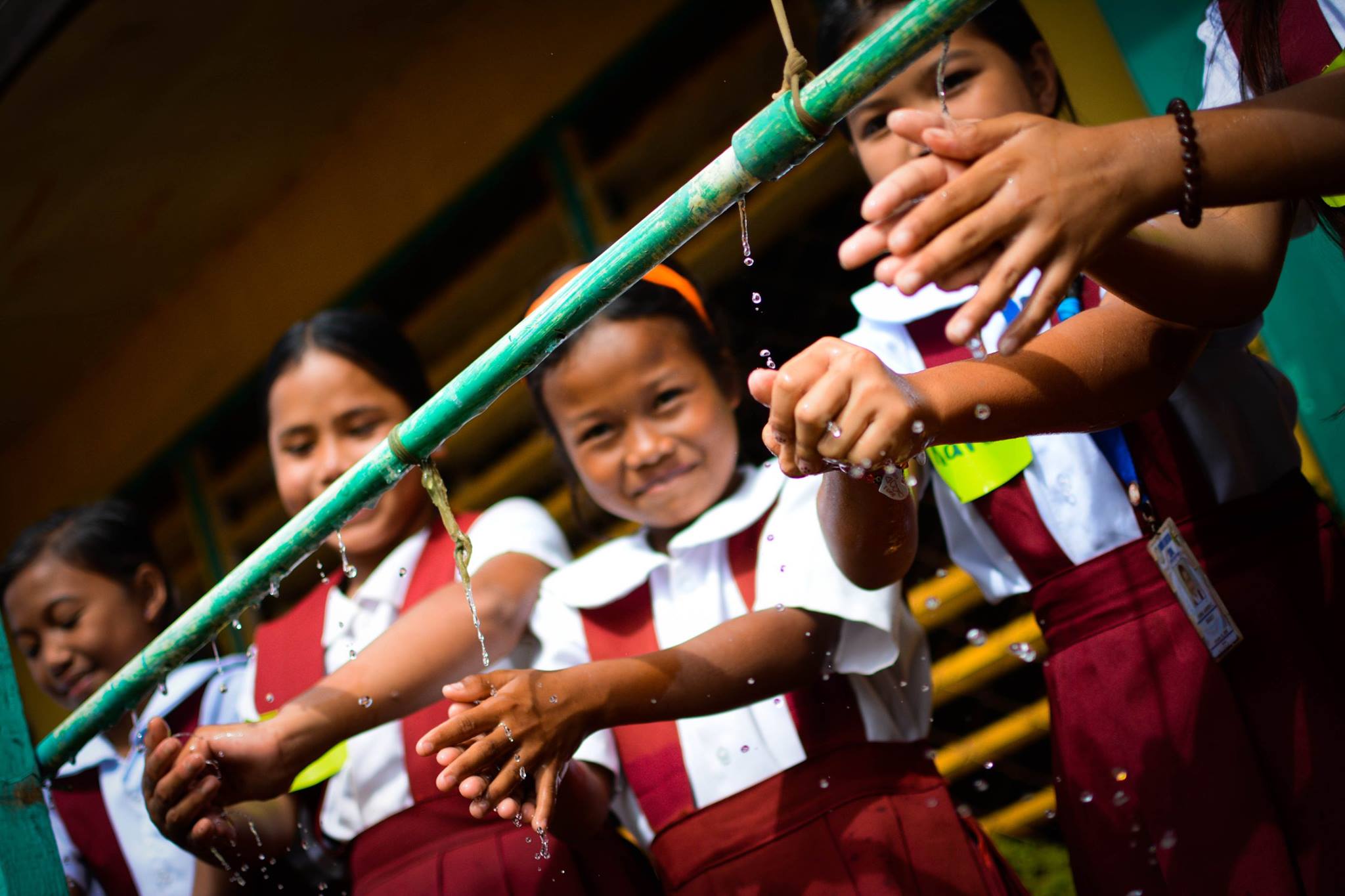What does it mean to be a modern business and have a sense of social responsibility?
Should these businesses—restaurants that support causes, farms that practice humane farming methods, clothing lines that use sustainable materials—be applauded? The designers of Toqa, a Manila-based sustainable clothing line, said it best: “At this point it should be a given that sustainability is integral to any company’s production methodology: to define sustainability as a ‘political stance’ is almost to dilute its value.”
Perhaps it’s telling of just how bad things are at the moment, but it seems that we ought to take sustainability and humane production methods as imperatives. The problems that we’re facing simply call for a more humane and conscious approach to production. The range of issues that can be addressed by the restaurant industry for instance are not only abundant but glaringly obvious: hunger and malnutrition.
And restaurants have been taking action. On Sept. 5, the global humanitarian organization Action Against Hunger launched its campaign called Restaurants Against Hunger—a two-month movement in which restaurants will donate a portion of their profits to projects that target child malnutrition in the Philippines.
“It’s imperative that we take steps to stop the upward trajectory of malnutrition in the country. But first it’s important to understand malnutrition because it’s not always well understood. We are not just talking about people who are undeveloped physically—malnutrition also has implications on mental development,” says Action Against Hunger country director Guy Halsey.
For restaurants considering to join the movement, look no further than the statistics if you need any more convincing: Based on the latest survey conducted by the Food and Nutrition Research Institute of the Department of Science and Technology, more than 3.8 million or 33.4 percent of Filipino children are stunted. This number is up from 30.1 percent in 2015. The same survey also identified that 800,000 or 7.1 percent of Filipino children are suffering from wasting.
Now on its third year, the campaign has been vital in responding to the victims of the Marawi conflict last year. With funds raised through the Restaurants Against Hunger program, a total of 2,016,613 individuals benefited from nutrition screening and distribution of emergency food aid and hygiene kits. Every year, the campaign runs from Oct. 1 to Dec. 1.

The mechanics of the program are simple—within that specified time period, participating restaurants will choose a dish (or more) from their menus that will be labeled as “dishes that feed more.” The restaurant owners, who are also required to hang campaign posters outside their restaurants, will then donate a portion of the profits generated by these dishes.
“It’s imperative that we take steps to stop the upward trajectory of malnutrition in the country. But first it’s important to understand malnutrition because it’s not always well understood. We are not just talking about people who are undeveloped physically—malnutrition also has implications on mental development,” says Action Against Hunger country director Guy Halsey.
Chiqui Mabanta, owner and general manager of vegetarian restaurant Corner Tree Café, attests to the importance of the campaign by explaining why she decided to join it for the third time.
“It’s great because the food industry is actually able to help in this malnutrition problem. Of course it’s a no-brainer, we all want to help, but we don’t know how. We always say that we want to help but do we actually get to do it? This campaign makes it easier. We’re not just making money, we’re helping and making a positive impact. For diners, you’re eating a meal but you’re also saving a lot of babies. ”

So far, the participants this year are Alba Restaurante Espanol, Aracama, Azuthai, Café Mediterranean Calderon, Chef Laudico OK Café, Chelsea Kitchen, Chotto Matte/Izakaya Sensu, Corner Tree Café, Cyma, Friends & Family/Coconut Club, Green Pastures, Grilla, Ikomai, Ilustrado, Kabila, Museum Café, Providore, Saboten, Sangkap, Simple Lang, Sobremesa, Terraz Bistro & Meetings, Terry’s Bistro, The Old Spaghetti House, The Shrimp Shack, Wild Ginger, and The Bistro Group.
Dale Divinagracia, the fundraising and resource development manager of Action Against Hunger, says that they’re aiming to have about 200 restaurants join the campaign. “We’re targeting to raise about two million pesos this year.”
If you own a restaurant (or know anyone who own a restaurant) and you wish to join the Restaurants Against Hunger campaign, simply register at www.restaurantsagainsthungerphilippines.org.






